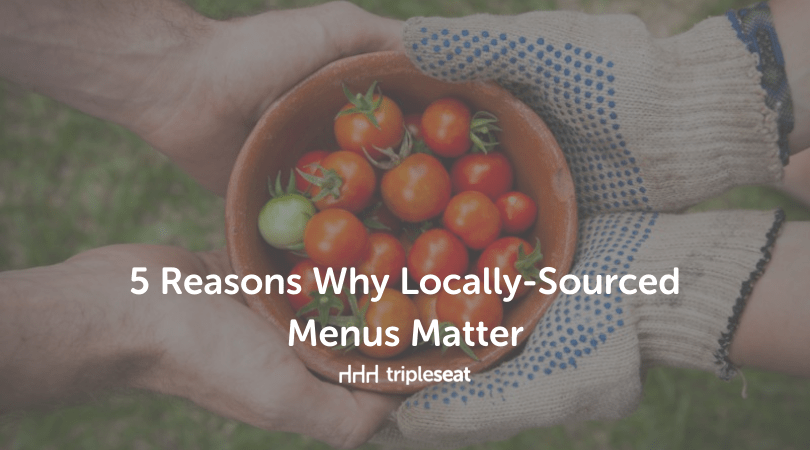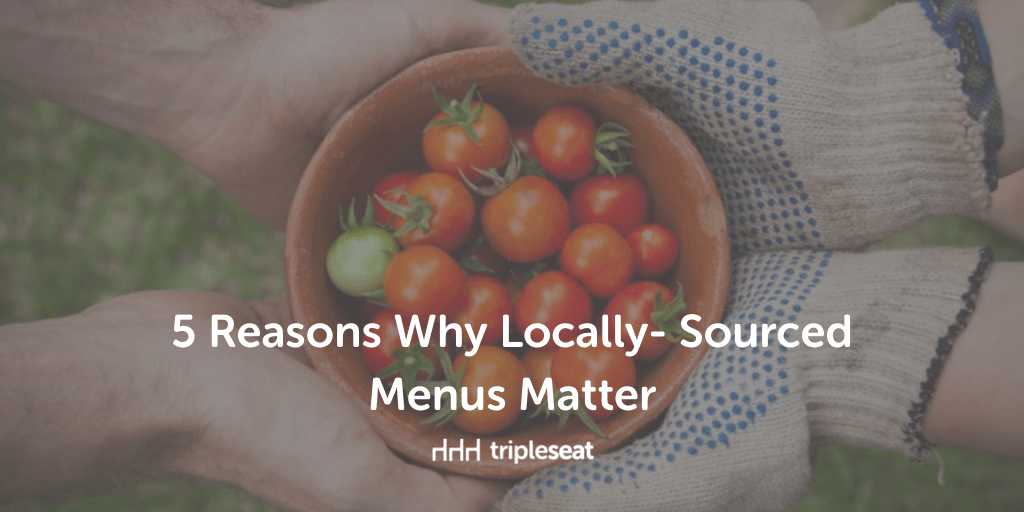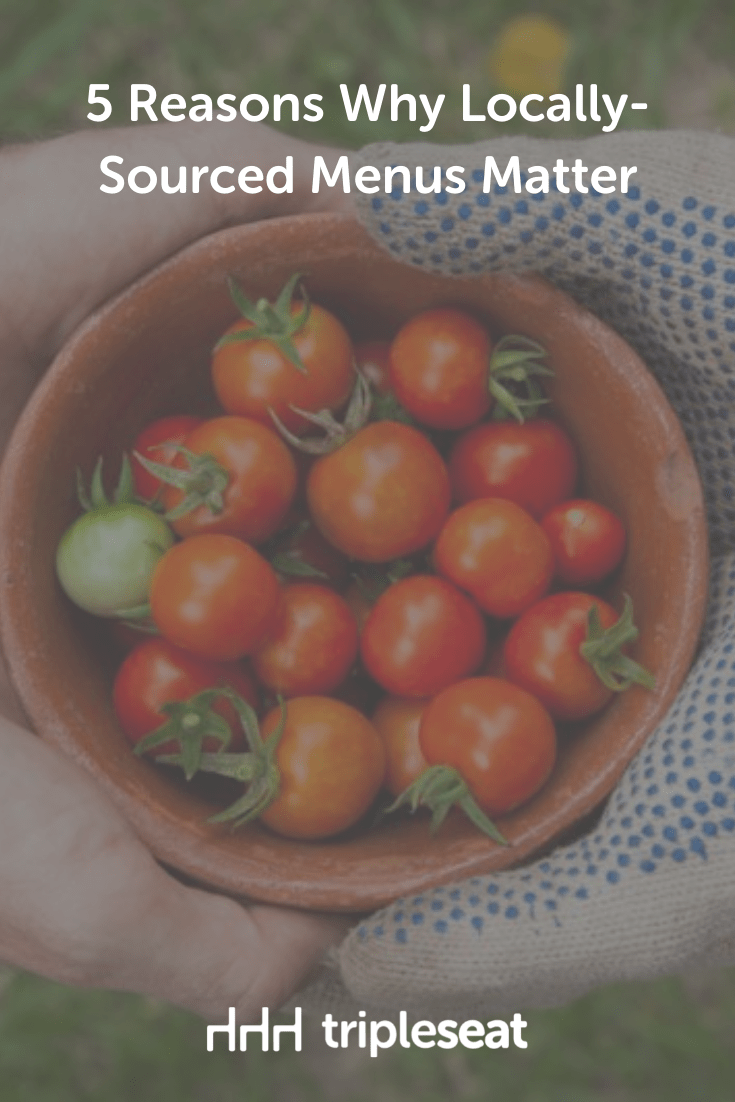5 Reasons Why Locally-Sourced Menus Matter

The trend of restaurants offering a menu chock-full of organic, locally sourced ingredients is alive and well. It’s easy to see why: It’s a surefire way to show customers that you care about both food quality and your community.
Below, we chat with two eateries, Arbor and San Chez Bistro, to find out more about their commitment to sustainable, locally-sourced cuisine, and why it’s such a hit with their customers and community.
1. It’s about more than price
While buying local ingredients is typically more affordable, it shouldn’t be the only reason that you decide to support your community.
“It’s no longer acceptable to blindly purchase on price alone,” said Leonard Hollander, chef at Chicago-based restaurant and bar Arbor. “We feel that a sense of responsibility is something that should not be limited to the financial bottom line.”
In addition to Arbor’s restaurant initiatives, catering business, and events program, they also maintain their own urban farm that includes a garden and apiary.
“We specifically grow unique ingredients that are expensive, difficult to transport, or simply provoke our curiosity,” he said.
2. Freshness is key
Getting ingredients from local farmers means less time going from the plant to the plate and less time in transit. This means food is often fresher too.
“We [source] local flours, grains, dry goods, dairy, eggs, herbs, fruits, veggies, and last season’s pickles and preserves year-round,” Hollander said.
He adds that he and his team regularly visit the local Green City Market in the summer to pick up ingredients directly from the farmers who grow them.
“It’s a great way to learn about your food even beyond getting bulk deliveries,” said Hollander
3. It fosters community camaraderie
Drew Schneider, marketing manager for San Chez Bistro in Grand Rapids, Mich., says sustainability is also paramount for their brand.
“Not only do we want to be an environmentally friendly company,” he said, “we also want to be role models for small businesses and restaurants around the area.”
San Chez been putting sustainability practices into place for more than two decades, from their use of green energy to minimizing waste stream to recycling fryer oil.
“We have a few businesses around us that help us with the products we need,” said Schneider. “We get a lot of our meat through Sander’s Meats, and our goat cheese comes from Evergreen Lane Farm & Creamery.”
4. It reduces food waste and unnecessary costs
Along with buying local, you can enact other sustainability initiatives in your restaurant that can benefit farmers and the community.
“We have trash bins around the restaurant for compost, recycling, and regular waste,” Schneider said. “Composting 80 percent of our trash helps us give back to the farmers who provide us with our food. We also use box fans that hang from our ceilings to save on heating and cooling in the restaurant.”
As for Arbor, their restaurant building is situated in “a 300,000 square-foot LEED Platinum-certified office complex,” said Hollander, with built-in rainwater reuse for non-potable water in the building. “All water for our garden throughout the summer is sourced from the 45,000-gallon reservoir under the ground-level parking garage.”
5. Customers know you care about quality
Is focusing on your community a big goal for your restaurant? You can do that by creating a locally-sourced menu.
“I think the result of focusing on locality and sustainability is keeping our community connected and flourishing,” said Schneider. “We all benefit (from) each other, and being eco-friendly ensures that our environment flourishes as well.”
Hollander said that, in light of all of the information that is available to us these days, “it just feels like the responsible commitment to make something we can reinforce and imbue in our kids, and hopefully our customers. Apart from all of this though, we are a restaurant and cafe, so the food and drinks have to be delicious … bottom line.”
A locally-sourced menu could lead to more event bookings
Start using these tips and get the right menu in place right now to help you drive more business and bookings. And, if you are a Tripleseat customer, we’ll help those new bookings for events and catering orders run smoothly. If you’re not a Tripleseat customer and you’re interested in learning more about Tripleseat’s event management tools and CRM features, schedule a demo at your convenience to take a closer look.


